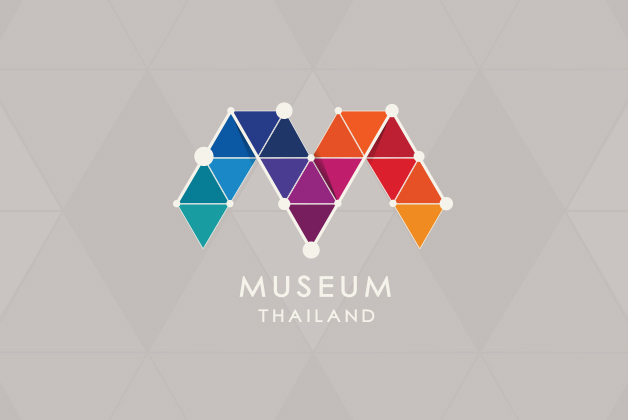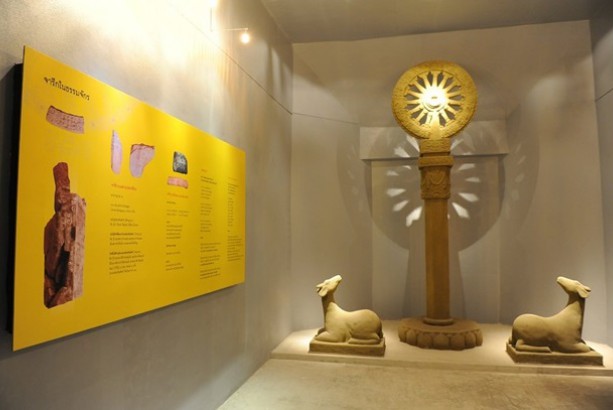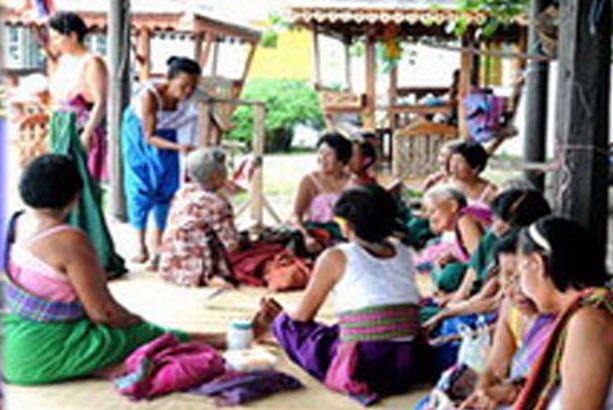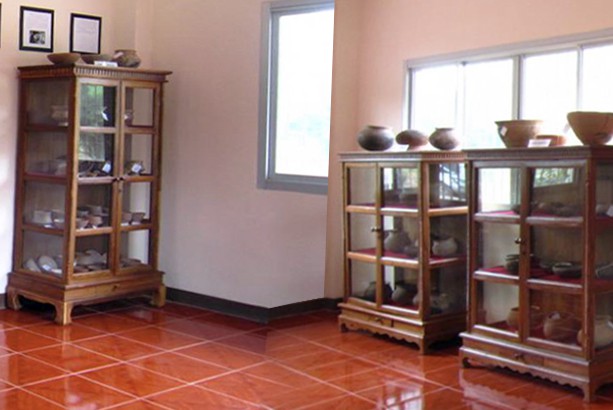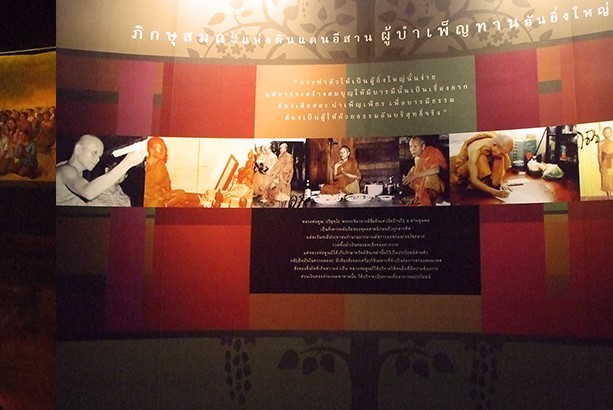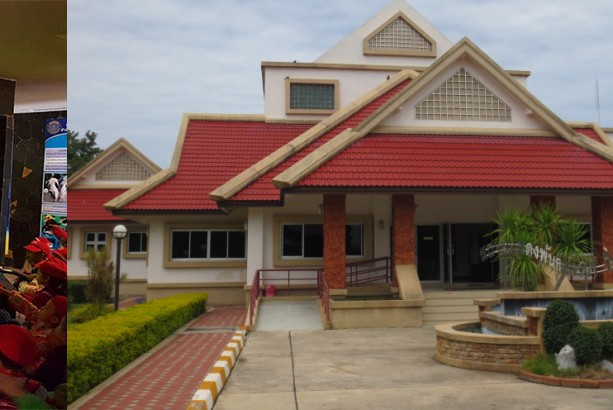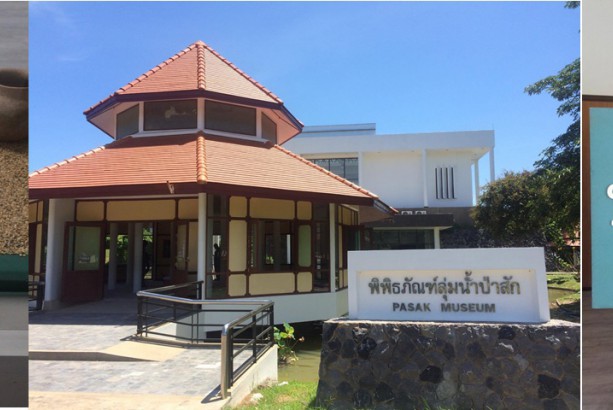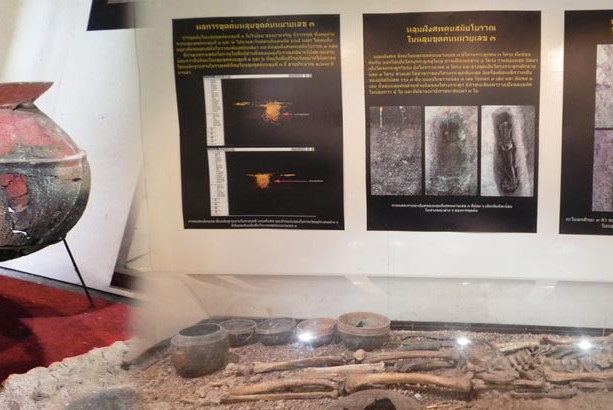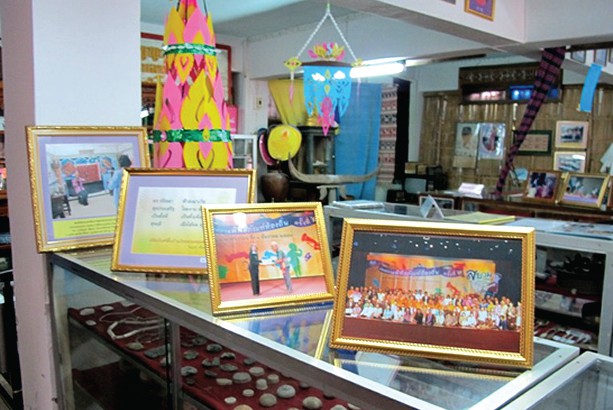Gallery
Information
During his administrative visit in Phetchabun Province, Prince Damrong Rajanubhab came across the name of Si Thep town in the list of sub-towns. He then started a journey and discovered a great ancient site known among the villagers as “Aphai Sali Town.” The evidence from these ancient remains and objects brought about the assumption that the town's architecture style had been influenced by Khmer and Dharavati art and that it was prospering during the 11th – 18th Buddhist Century. The historical park consists of these following zones:
Tourism information center, and medium-sized museum with various exhibition zones such as Discovery Room, Pre-historic Room, Stone Inscription Room, The God of the Sun Room, Lingam Room, and Current Si Thep Town which concludes preliminary information.
Interesting ancient sites located inside the historical park is as follows:
Khao Klang Nai Monument – Local people believe that the place was used as storage for valuable items or arms during the old days and thus called it “Khao Klang.” The place is a Buddhist site with influence from Dharavati art in terms of architecture. Facing the east, the structure was laid out in rectangular pattern with its foundation made of cement-coated laterite.
Around the base of its foundation, stuccos with line patterns woven into the shape of animal on the backs of dwarfs are still visible. It is assumed that a stupa or pagoda might have been located there from the remains of the cement-coated stairs at the front of the structure. A small prayer hall used to be located in front but right now it has demolished. Inside the monument, there is a number of small pagodas and buildings.
Si Thep Prang – This Buddhist place of worship sees a main prang in Khmer style with its upper part made of brick. Its base meanwhile was made of laterite with thick square pattern decoration which lifted the structure above the ground. Facing the west, what remains of the prang is the cross pathway, with stone Wheel of Dhamma sculpture located on the rear part of the prang's sideway.
Song Phi Nong Prang – The place is a place of worship in Hinduism. The main prang, which was covered in cement, was constructed in Khmer style and located on a big laterite foundation. A small castle was later added on the same foundation, giving the whole structure the name of Song Phi Nong Prang. At the front of the prang there are paths and laterite buildings for performing rites, with the cross-like walkway at its furthest front. Archaeological excavation found the sculpture of the God of the Sun, and fresco depicting the image of “Parvati Mahesuan” which is now placed at the small castle. With its similarity to Angkor Wat, there is an assumption that the place may have been built to serve as a religious site in Hinduism. It was later turned into a Buddhist site.
Also, there is an excavation site building which shows archaeological sites and photography exhibition on the site's archaeological history, with the site where bones of pre-historic men and elephants were found.
Management
Organization Museum
Map
Address And Contact Number
Telephone : 056-921 322
Fax : 056-921 317
Website : http://www.finearts.go.th/parameters/ความรู้ทั่วไป/อุทยานประวัติศาสตร์/item/อุทยานประวัติศาสตร์ศรีเทพ
Admission fee
20 Baht for Thai citizens and 100 Baht for foreigners
Getting There
1. By private car: From Bangkok, use Highway 32 passing through Phra Nakhon Si Ayutthaya - Ang Thong – Sing Buri – Nakhon Sawan – Kamphaeng Phet. The total distance is 358 kilometers and takes about 5 hours.
2. By bus: Bangkok - Kamphaeng Phet buses leave from the Northern Bus Terminal (Mochit) on Khamphaeng Phet Road daily.
Proper for General Public
Proper for Children
Credit Card
Advanced Booking
Group visit needs to be notified in advance.
FACILITY
Available





 ขยายขนาดตัวอักษร
ขยายขนาดตัวอักษร



 เพิ่มระยะห่างตัวอักษร
เพิ่มระยะห่างตัวอักษร

 เส้นช่วยในการอ่าน
เส้นช่วยในการอ่าน
 เน้นการเชื่อมโยง
เน้นการเชื่อมโยง
 ปรับชุดสี
ปรับชุดสี








 NIGHT AT THE MUSEUM FESTIVAL
NIGHT AT THE MUSEUM FESTIVAL  E-Shopping
E-Shopping 
